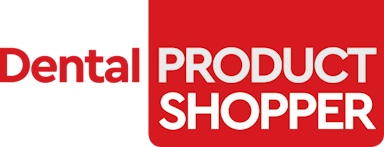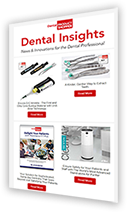 Brushing is the foundation of good oral hygiene, yet many patients don’t use the correct technique, even if they brush twice a day. While electric toothbrushes have gained popularity, manual toothbrushes remain an effective and accessible option when used properly. As dental professionals, educating patients on the best brushing techniques can make a significant difference in their oral health.
Brushing is the foundation of good oral hygiene, yet many patients don’t use the correct technique, even if they brush twice a day. While electric toothbrushes have gained popularity, manual toothbrushes remain an effective and accessible option when used properly. As dental professionals, educating patients on the best brushing techniques can make a significant difference in their oral health.
Why Proper Brushing Technique Matters
Brushing isn’t just about freshening breath—it’s about removing plaque, preventing cavities, and maintaining healthy gums. Poor technique can leave bacteria behind, leading to decay, gum disease, and other oral health issues. Some patients brush too hard, causing enamel erosion and gum recession, while others brush too quickly or miss key areas. Proper technique ensures that every surface of the teeth is cleaned thoroughly without causing harm to the gums or enamel.
Step-by-Step Guide to Proper Brushing with a Manual Toothbrush
The right approach to brushing maximizes plaque removal while being gentle on the teeth and gums. Here’s what patients should know:
1. Choose the Right Toothbrush
A soft-bristled toothbrush is best for most patients, as it effectively cleans teeth without damaging enamel or irritating the gums. The toothbrush head should be small enough to reach all areas of the mouth, including the back molars.
2. Use the Right Amount of Toothpaste
A pea-sized amount of fluoride toothpaste is recommended for adults, while children under six should use only a smear or a rice-sized amount. Fluoride helps strengthen enamel and protect against cavities.
3. Hold the Toothbrush at a 45-Degree Angle
Positioning the toothbrush correctly is key. Patients should hold it at a 45-degree angle to the gumline, allowing the bristles to clean both the teeth and the gum margin where plaque tends to accumulate.
4. Use Gentle, Circular Motions
Many patients use a back-and-forth scrubbing motion, which can cause gum recession and enamel wear. Instead, they should brush using small, gentle circular motions, ensuring they clean the entire surface of each tooth.
5. Brush All Surfaces of the Teeth
It’s important to brush every surface—the outer (cheek-facing), inner (tongue-facing), and chewing surfaces. The inner surfaces are often neglected, leading to plaque buildup. For the front teeth, the toothbrush should be tilted vertically, using up-and-down strokes to clean effectively.
6. Don’t Forget the Tongue
The tongue harbors bacteria that contribute to bad breath and plaque buildup. Patients should gently brush their tongue or use a tongue scraper to remove bacteria and freshen breath.
7. Brush for Two Full Minutes
Most patients don’t brush long enough. A full two minutes ensures adequate cleaning. Using a timer, an electric toothbrush with a built-in timer, or humming a short song can help patients maintain the proper duration.
8. Replace the Toothbrush Regularly
A manual toothbrush should be replaced every three to four months, or sooner if the bristles become frayed. A worn-out toothbrush is less effective at cleaning teeth and can harbor bacteria.
Common Brushing Mistakes to Avoid
Patients often develop bad habits when brushing. One of the most common mistakes is brushing too hard, which can wear down enamel and cause gum recession. Another mistake is skipping certain areas, particularly the back teeth and along the gumline, where plaque tends to accumulate. Rushing through brushing is another issue, as proper cleaning requires at least two minutes. Patients should also avoid using a toothbrush with stiff bristles, as these can be too abrasive for both teeth and gums.
Helping Patients Improve Their Brushing Habits
As dental professionals, providing hands-on demonstrations can be highly effective in reinforcing proper technique. Recommending soft-bristled toothbrushes, fluoride toothpaste, and emphasizing the importance of regular dental visits can further support their oral health.
Proper brushing with a manual toothbrush is a simple yet essential habit. When done correctly, it can prevent common dental issues and contribute to a lifetime of healthy smiles. By educating patients on technique and best practices, dental professionals can help them achieve optimal oral health.



